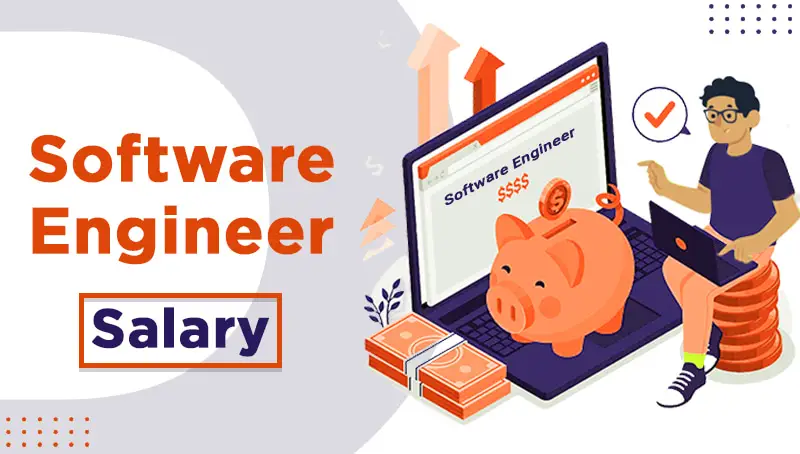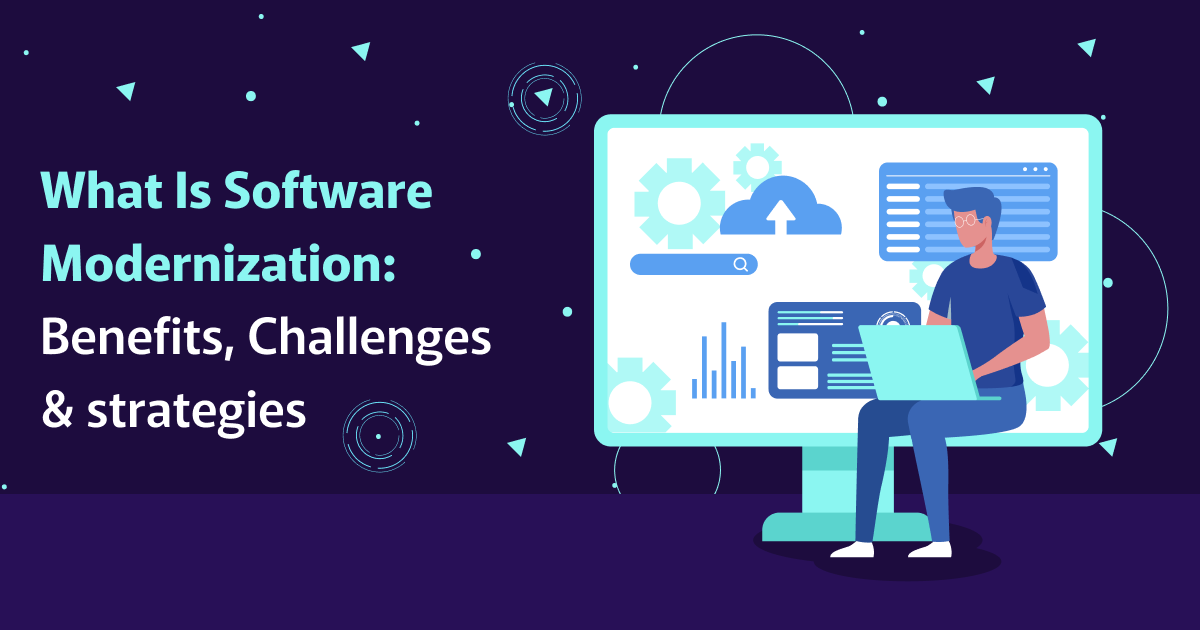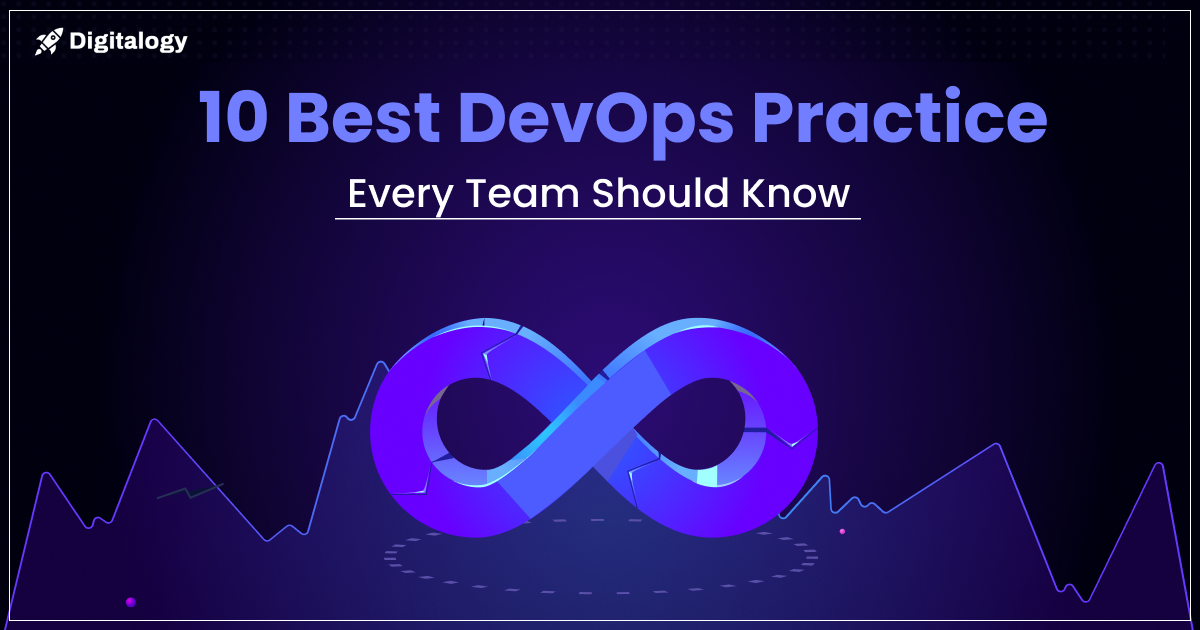Understanding software engineer salary is more than just a matter of numbers; it’s a strategic imperative in the ever-evolving landscape of the technology industry. In this comprehensive guide, we’ll cover the statistical intricacies that define software engineer compensation. The dynamic nature of the tech industry significantly impacts salary structures, making it essential for both professionals and employers to navigate the complexities.
Factors Influencing Software Engineer Salary
Experience
Statistical Insight 1: According to a survey by the Bureau of Labor Statistics, the median annual wage for software developers was $110,140 in May 2020. However, this figure significantly varied based on experience.
Statistical Insight 2: Software engineers with 1-4 years of experience had a median salary of $82,000, while those with 5-9 years earned $95,000. Engineers with 10-19 years of experience commanded a median salary of $113,000, and those with 20 or more years reached a median of $122,000.
These statistics highlight a clear correlation between experience and salary levels. As engineers accumulate years in the industry, their earning potential increases substantially.
Education
Statistical Insight 3: The National Association of Colleges and Employers (NACE) reported that computer science graduates were among the top-paid graduates in 2020, with an average starting salary of $73,717.
While these figures showcase the premium placed on a computer science degree, the correlation between educational background and salary becomes more nuanced. A closer look at the data reveals that additional certifications and advanced degrees often correlate with higher salary.
Geographic Location
Statistical Insight 4: The cost of living significantly influences salary variations across different geographic locations. According to the U.S. News Best Places to Live, the average software engineer salary in San Francisco is $120,000, while in Austin, it’s $98,000.
Statistical Insight 5: Globally, a software engineer in Switzerland earns an average of $83,832 per year, whereas in India, the average is $7,000. These substantial differences underscore the importance of considering geographic location when discussing software engineer salaries.
Specializations
Statistical Insight 6: Stack Overflow’s Developer Survey reveals that certain programming languages are associated with higher salaries. For example, developers proficient in languages like Python, Go, and TypeScript tend to earn more than their counterparts specializing in other languages.
Statistical Insight 7: The demand for expertise in emerging technologies, such as artificial intelligence and blockchain, is reflected in higher compensation. According to a survey by Dice, AI specialists earn an average of $145,000 per year, highlighting the impact of specialization on earnings.
Industry Trends in Software Engineer Salary
Statistical Data on Average Salary
Statistical Insight 8: The tech industry continues to be a lucrative field. According to the Dice Tech Salary Survey, the average annual tech salary in the U.S. was $97,859 in 2021, showcasing a steady increase compared to previous years.
Statistical Insight 9: Certain sectors stand out in terms of high compensation. The cybersecurity industry, for instance, offers competitive salary to attract top talent. On average, cybersecurity engineers earn around $117,000 per year, according to CyberSecJobs.
Job Levels and Salary Progression
Salary Ranges Based on Job Levels
Statistical Insight 10: Breaking down salary ranges based on job levels provides a comprehensive view of progression. Entry-level software engineers earn an average of $69,000, mid-level engineers $88,000, and senior engineers $118,000, according to PayScale.
Progression of Salary
Statistical Insight 11: The progression of salary is evident as engineers advance in their careers. According to Glassdoor, the average salary for a junior software engineer is $75,000, mid-level engineers earn $95,000, and senior engineers command an average of $120,000.
Influence of Promotions and Responsibilities
Statistical Insight 12: Promotions and added responsibilities significantly impact compensation. A survey by Robert Half Technology found that a promotion to a management role can result in an average salary increase of 10-15%.
Non-Monetary Benefits and Perks
Statistical Insight 13: Beyond salary, benefits play a crucial role in the overall compensation package. According to a survey by Mercer, 92% of tech companies offer health benefits, 74% provide dental coverage, and 71% include vision care in their benefits package.
Statistical Insight 14: Tech giants like Google and Facebook are renowned for their comprehensive benefits. Google employees, for example, receive an average of $15,000 in stock options, adding a substantial non-monetary component to their overall compensation.
Negotiating Software Engineer Salary
Tips for Negotiating a Competitive Salary
Statistical Insight 15: Negotiating a salary is a common practice among software engineers. According to Glassdoor, 59% of employees accepted the salary they were offered, while 41% negotiated a higher salary. This statistic emphasizes the importance of negotiation skills in securing a competitive compensation package.
Importance of Research and Preparation
Statistical Insight 16: A survey by Jobvite found that 67% of candidates research salary ranges before negotiating. This data underscores the significance of thorough research and preparation in the negotiation process.
Common Negotiation Pitfalls and How to Avoid Them
Statistical Insight 17: A study by Robert Half Technology revealed that 39% of workers feel uncomfortable negotiating salary. However, those who negotiate often reap the rewards. In the same study, 70% of managers said they were open to negotiating salary offers.
Future Outlook for Software Engineer Salary
Emerging Trends
Statistical Insight 18: The future of software engineer salary is influenced by emerging trends. With the rise of remote work, a report by Global Workplace Analytics estimates that 56% of the U.S. workforce holds a job that is compatible with remote work. This trend can impact salary structures, especially in regions with a lower cost of living.
Statistical Insight 19: The influence of evolving technologies on compensation is evident in the growing demand for skills in areas like machine learning and cybersecurity. According to the World Economic Forum, jobs in artificial intelligence are expected to see a 16% growth rate by 2027.
Importance of Continuous Learning
Statistical Insight 20: Staying competitive in the job market requires continuous learning. A survey by LinkedIn found that 94% of employees would stay longer at a company if it invested in their career development, showcasing the importance of ongoing education in maintaining a competitive edge.
Case Studies or Interviews
Statistical Insight 21: Real-world examples and interviews with software engineers provide qualitative data on career paths and compensation journeys. According to a survey by Indeed, 83% of job seekers consider company reviews an essential part of their job search, indicating the significance of personal experiences in shaping career decisions.
Tips for Employers
Structuring Competitive Salary Packages
Statistical Insight 22: Employers play a pivotal role in shaping competitive salary packages. A study by Glassdoor Economic Research found that a 10% higher base pay is associated with a 1.5% higher employee satisfaction rating.
Role of Workplace Culture and Employee Development
Statistical Insight 23: Workplace culture and employee development significantly impact talent retention. A Gallup study revealed that organizations with a strong workplace culture experience a 65% decrease in turnover.
Conclusion
As we navigate the future of technology, continuous learning, strategic negotiation, and a comprehensive understanding of compensation trends will be key drivers in ensuring a thriving and competitive tech industry. The statistical insights provided here serve as a compass, guiding both individuals and organizations toward informed decisions that contribute to the continued growth and success of the software engineering field.







